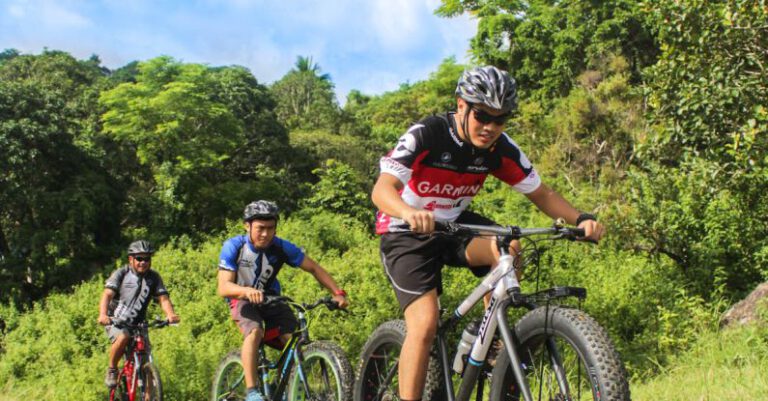
Cycling enthusiasts are always looking to improve their skills on the road, and one technique that can make a significant difference in performance is mastering the art of cornering. Whether you are a seasoned cyclist or just starting out, learning how to corner like a pro can enhance your overall riding experience and increase your speed and efficiency. In this article, we will explore some essential tips and techniques that will help you navigate corners like a professional cyclist.
Understanding the Basics of Cornering
Before diving into advanced cornering techniques, it is crucial to have a solid grasp of the basic principles of cornering. When approaching a corner, it is essential to reduce your speed gradually to maintain control and stability. Shift your weight slightly to the outside pedal and lean your bike into the turn while keeping your inside pedal up. Look ahead and focus on the exit point of the corner to anticipate your line.
Body Positioning
One of the key elements of cornering like a pro is mastering your body positioning on the bike. As you enter a corner, shift your weight to the outside pedal and lean your bike into the turn while keeping your body upright. This technique will help you maintain traction on the road and improve your balance through the corner. Keep your inside elbow bent and your outside arm relaxed to allow for smooth and controlled steering.
Choosing the Right Line
Selecting the right line through a corner is crucial for maintaining speed and control. Aim to take a smooth and efficient line that allows you to carry momentum through the turn. Look for the apex of the corner – the point where you are closest to the inside of the turn – and position your bike to maximize your exit speed. Remember to stay relaxed and avoid making sudden movements that can disrupt your balance.
Braking Technique
Effective braking is essential for successful cornering. Before entering a corner, gradually apply the brakes to reduce your speed while maintaining control. It is crucial to find the right balance between braking and cornering to avoid skidding or losing traction. Focus on modulating your braking pressure and release the brakes gently as you lean into the turn. Practice braking technique in different conditions to improve your skills and confidence on the road.
Practice Makes Perfect
Like any skill, mastering the art of cornering takes practice and patience. Find a safe and quiet area to practice your cornering techniques and experiment with different speeds and angles. Focus on your body positioning, line selection, and braking technique to fine-tune your cornering skills. As you gain confidence and experience, challenge yourself with faster corners and varying road conditions to push your limits and improve your performance on the bike.
Maintaining Speed and Momentum
To corner like a pro, it is essential to focus on maintaining speed and momentum through the turn. Smooth and efficient cornering will help you carry speed out of the turn and accelerate quickly onto the next straightaway. Avoid braking excessively or losing momentum mid-corner, as this can slow you down and require more effort to regain speed. Focus on your technique and stay…
—
I hope you find this article helpful. Let me know if you need further assistance.





